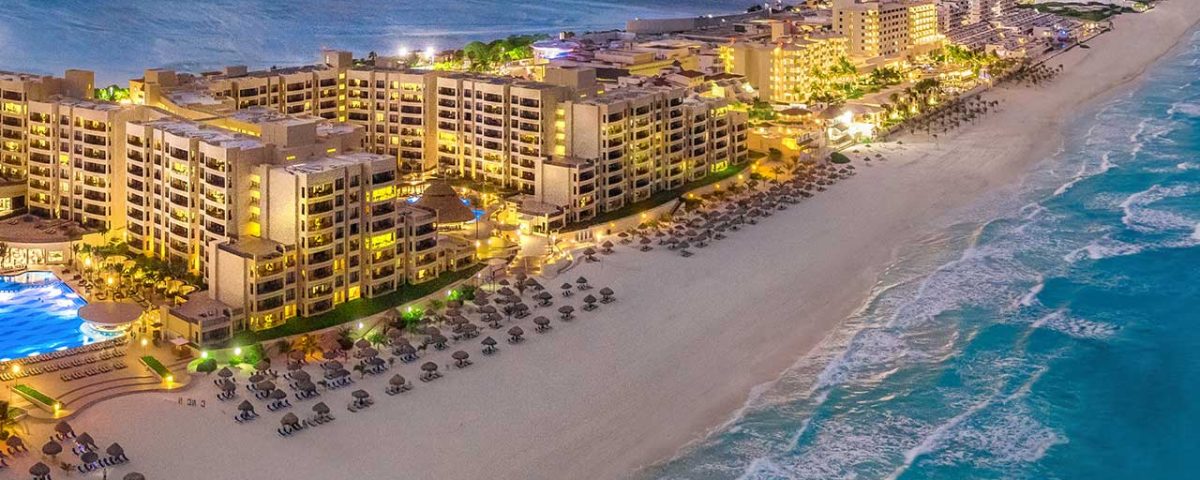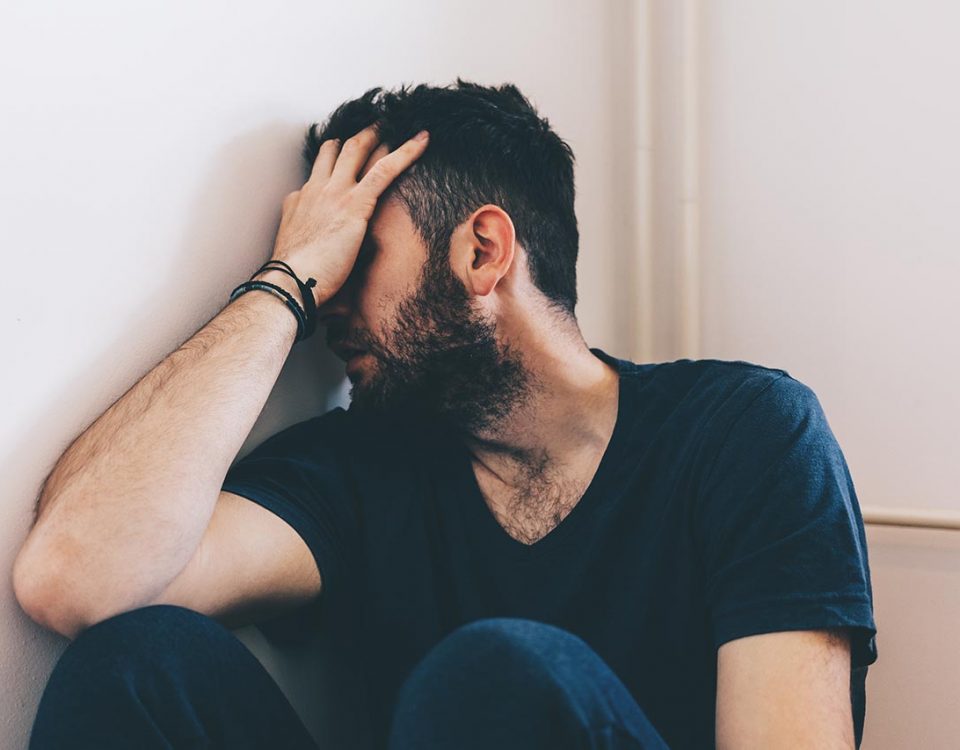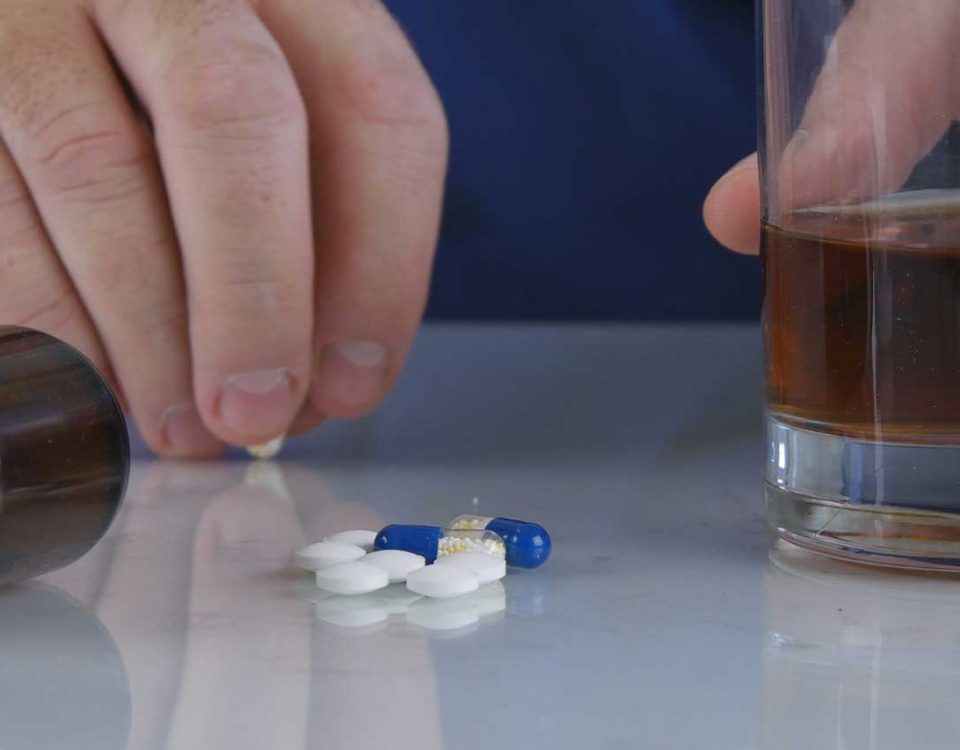Some people will go to great lengths to get drugs – literally. Drug tourism is a dangerous and, unfortunately, a common way for people to buy, use, and sell drugs around the world. While we often feel disconnected or even unaffected by things that happen in other countries or areas of the globe, everything has a ripple effect, including drug tourism. Today, our Chicago drug rehab is looking into the risks of tourism and the most common drug tourism destinations.
What Is Drug Tourism?
Also known as Narco tourism, drug tourism refers to the practice of traveling to select destinations to buy drugs for any reason. These journeys or “tours” can be for recreational drugs or any other kind of substance, and they don’t even have to be too long. For instance, someone who travels from Missouri to Colorado to buy and smoke marijuana would be considered a “drug tourist.”
Drugs that are obtained via drug tourism are usually illegal or unavailable in the traveler’s state or country, so they visit other places that are well-known for obtaining and using those substances, such as the Netherlands. People all over the globe understand which countries have what drugs, so many people travel to these destinations in search of their substances of choice.
Drug tourism has been around for centuries, extending as far back in time to when spice traders would go to other regions to buy spices that were unavailable in their homes. With the advancement of technology and travel, drug tourism has only become more popular, having affected around 1.46 billion people in 2019 alone.1With a rise in travel comes a rise in areas like events, restaurants, and drug sales - three industries that bring in the largest revenue from tourism and will only continue to increase as the legalization of drugs like cannabis spreads to more states in the U.S.
Drug Tourism Today
Drug trafficking alone brings in around $426 billion to $652 billion per year, mainly because trafficking and tourism are both widespread.1 But drug tourism isn’t as basic as traveling with the sole purpose of buying drugs. Rather, it might also include tourists who find out about these drugs once they’ve arrived at their desired destinations.
This concept was introduced in a study performed in the 1990s, which approached the concept of drug tourism as beginning when the individual became aware of the drug’s existence in the said destination. Even if they find out about the substance when they’re already at the destination and not before, they’d still fall under the category of drug tourism.2
This is an extremely dangerous practice, as these tourists engage in the direct use of substances they aren’t familiar with. These tourists may also not understand the language or area of which they’ve traveled to, making it more likely for unknown suppliers and isolation from trusted friends or family and a familiar language to cause trouble for tourists. So why would anyone do this if there are so many risks?
Common Drug Tourism Destinations
People engage in drug tourism either to get high and party with drugs or because they believe they’re contributing to the country’s economy, neither of which is safe nor true. Not only are most, if not all, drugs obtained through drug tourism dangerous and addictive (making them unsafe), many countries like Colombia and Mexico experience high levels of poverty because of drug cartels and trafficking.
Prescription drugs are also often cheaper in other countries, and traveling to obtain cheaper prescription drugs is understandable and even encouraged in some areas. Considering that the price of prescription drugs increased by 76% from 2000 to 2017, making them 256% more expensive than 32 other countries, it’s understandable why drug tourism even includes prescription medications.3 But, by no means does this increase in price make drug tourism safe nor acceptable.
With that said, drug tourists or travelers seek out particular destinations in search of specific drugs. Vendors, drug dealers, and establishments that cater to drug tourism can be found all over the globe. Regions that are most prone to drug tourism include India, South America, the Netherlands, and Mexico. Considering its proximity to the U.S., Mexico is an especially popular drug tourism destination.
Below is a comprehensive list of popular drug tourism destinations and the drugs they’re known for:
- Mexico: Cocaine, methamphetamine, heroin, LSD, and marijuana
- India: Marijuana, crystal meth, MDMA, LSD, hashish, cocaine, heroin, magic mushrooms (psilocybin mushrooms), GHB, ketamine, and opioids
- Morocco: Hashish and marijuana
- The Netherlands: Marijuana
- Thailand: Prescription drugs like opioids and Xanax
- Myanmar: Opioids, heroin, magic mushrooms, ecstasy, speed, and cannabis
- Laos: Marijuana, psychedelic (magic) mushrooms, and opium
- Bolivia: Cocaine
- Czech Republic: Marijuana, cocaine, and ecstasy
- Indonesia: Magic mushrooms
- Uruguay: Marijuana and cocaine paste
Risks of Drug Tourism
Buying drugs from Costa Rica or crossing the border to buy drugs from Mexico comes with a lot of risks. To begin, substances like marijuana, cocaine, LSD, magic mushrooms, opioids, and other prescription medications all have an extreme impact on the body, and most are highly addictive. For instance, benzos like Xanax and Valium can produce negative long-term health effects.
Opioids like oxycodone and heroin are known for their highly addictive nature, and heroin is especially dangerous because it’s mixed with other additives and administered in various ways. All these drugs have the potential for addiction as well as overdose.
Along with different drug categories and doses, numerous factors increase the dangers of these substances. Because they’re purchased or used in the same areas, certain drugs like benzos and alcohol are often used together to increase each other’s side effects. These combinations make addiction and life-threatening effects like overdose more likely.
The longer someone uses these drugs, the more likely they are to become addicted to these substances and experience a fatal outcome from their drug use. In addition to mental and physical health, one’s relationships, career, and finances also suffer.
In addition to contributing to wide stream drug use, drug tourism can also impact a region’s reputation, making it more likely for the area to be associated with crime and poverty and receive poorer treatment from tourists and other non-residents. Drug tourism also directly impacts a country’s economy, contributing to local crime and poverty.
Overall, the negative effects of drug tourism include
- Addiction and other physical and mental health effects that come with drug use
- Fatal overdose
- Increased risk of suicide
- Increased risk and spread of blood-borne viruses like HIV and hepatitis C
- Risky sexual practices and sexually transmitted diseases
- Physical abuse
- Detainment or incarceration in a foreign country
- Lack of proper medical support in isolated areas or because of communication barriers
- Increased risk of using drugs that contain more cutting agents to make them cheaper and more addictive
- Dealing with local law enforcement that may be more aggressive
- Being forced into a drug-smuggling scheme by a local cartel
- Exacerbating local crime
- Contributing to poverty and social inequality among host communities
The risks of drug tourism trump any supposed benefits of traveling to use drugs. There are plenty of ways for tourists to enjoy themselves without the use of drugs.
Help for Drug Addiction
Whether you fell into Laos drug tourism or any other area’s drug tourism or not, our partial hospitalization program in Chicago can help you recover from the physical and mental health effects of drug addiction and regain your footing in a sober lifestyle. Considering that drugs used and sold in drug tourism often contain dangerous chemicals and additives known as cutting agents, finding medical support administered in a safe and clean environment by professionals is crucial for ridding the body of these substances and regaining your health.
Whether it’s illicit or prescription drug addiction treatment you need, our drug rehab in Naperville, IL, can help. Call Banyan Treatment Center Chicago today at 888-280-4763 to get started.
Sources:
1. Global Financial Integrity - Transnational Crime Executive Summary
2. ResearchGate - Drugs and Tourists' Experiences
3. JAMA Network - Estimated Savings From International Reference Pricing for Prescription Drugs
Related Reading:
Molly Cutting Agents
What Is Meth Cut With?









